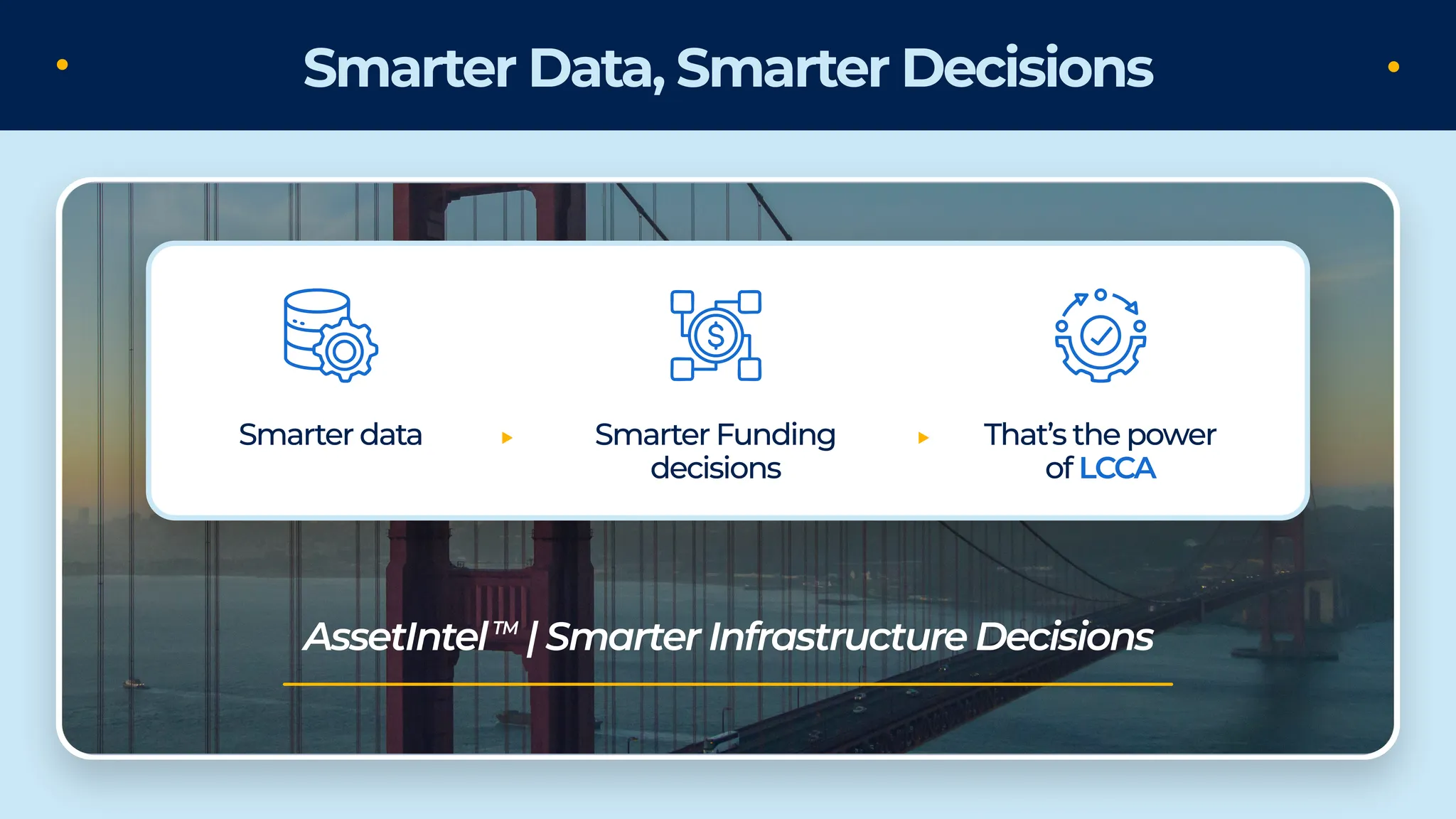
Not always. Short-term savings can easily turn into long-term costs. That’s why transportation agencies turn to Life-Cycle Cost Analysis (LCCA) — a proven way to evaluate not just what a project costs today, but what it will cost to own, operate, and maintain for decades.
Life-Cycle Cost Analysis is a decision-making framework that compares different project or repair options by looking at all costs over an asset’s life — from design and construction through maintenance, rehabilitation, and eventual replacement or disposal. It moves decision-making beyond upfront bids to a more complete, long-term perspective.
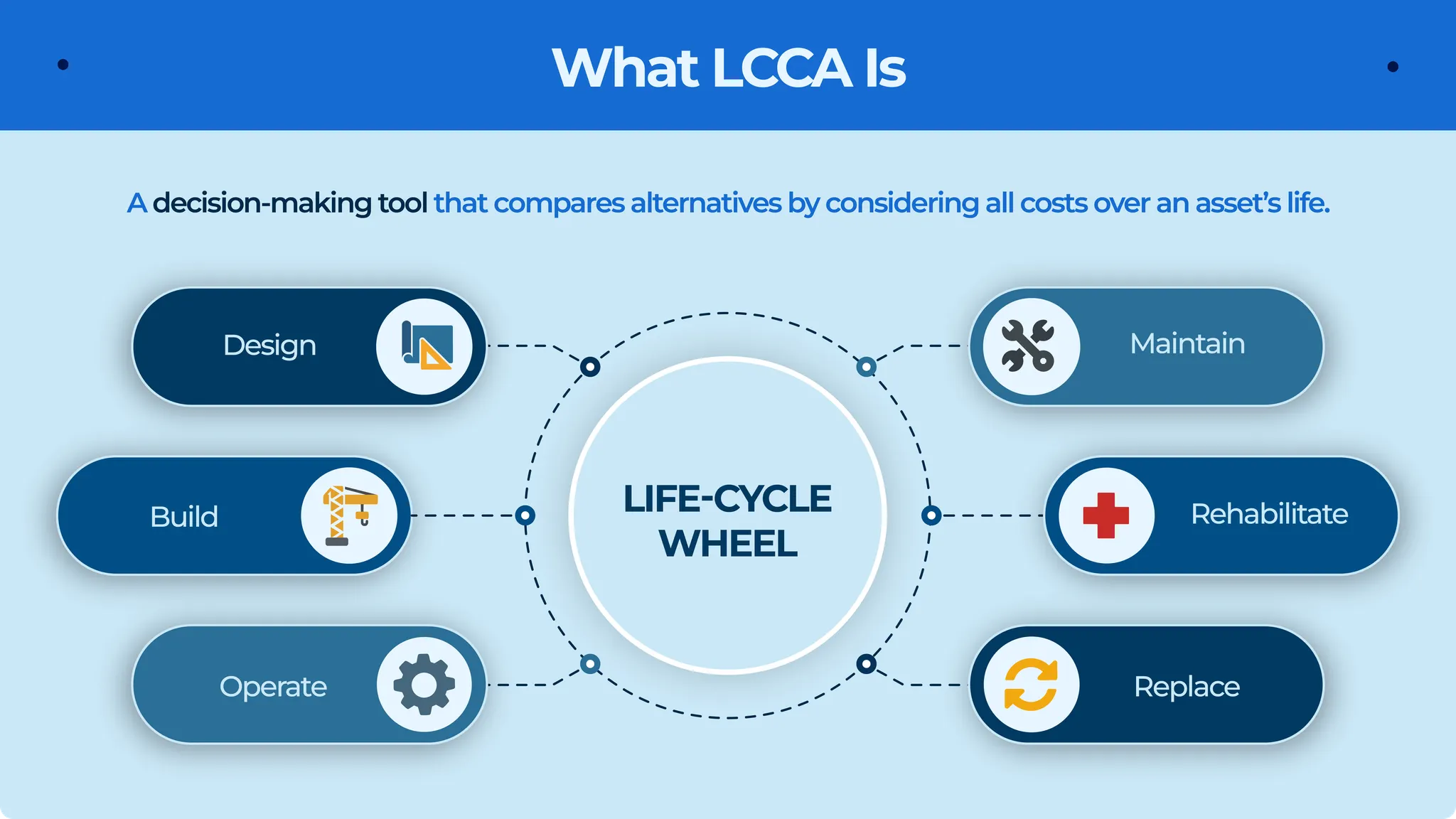
For agencies and DOTs, LCCA is more than just a budgeting exercise. It helps identify the most cost-effective solution, makes funding choices defensible, and supports resilient, sustainable planning. In fact, the FHWA recommends LCCA for major infrastructure projects like pavements and bridges.
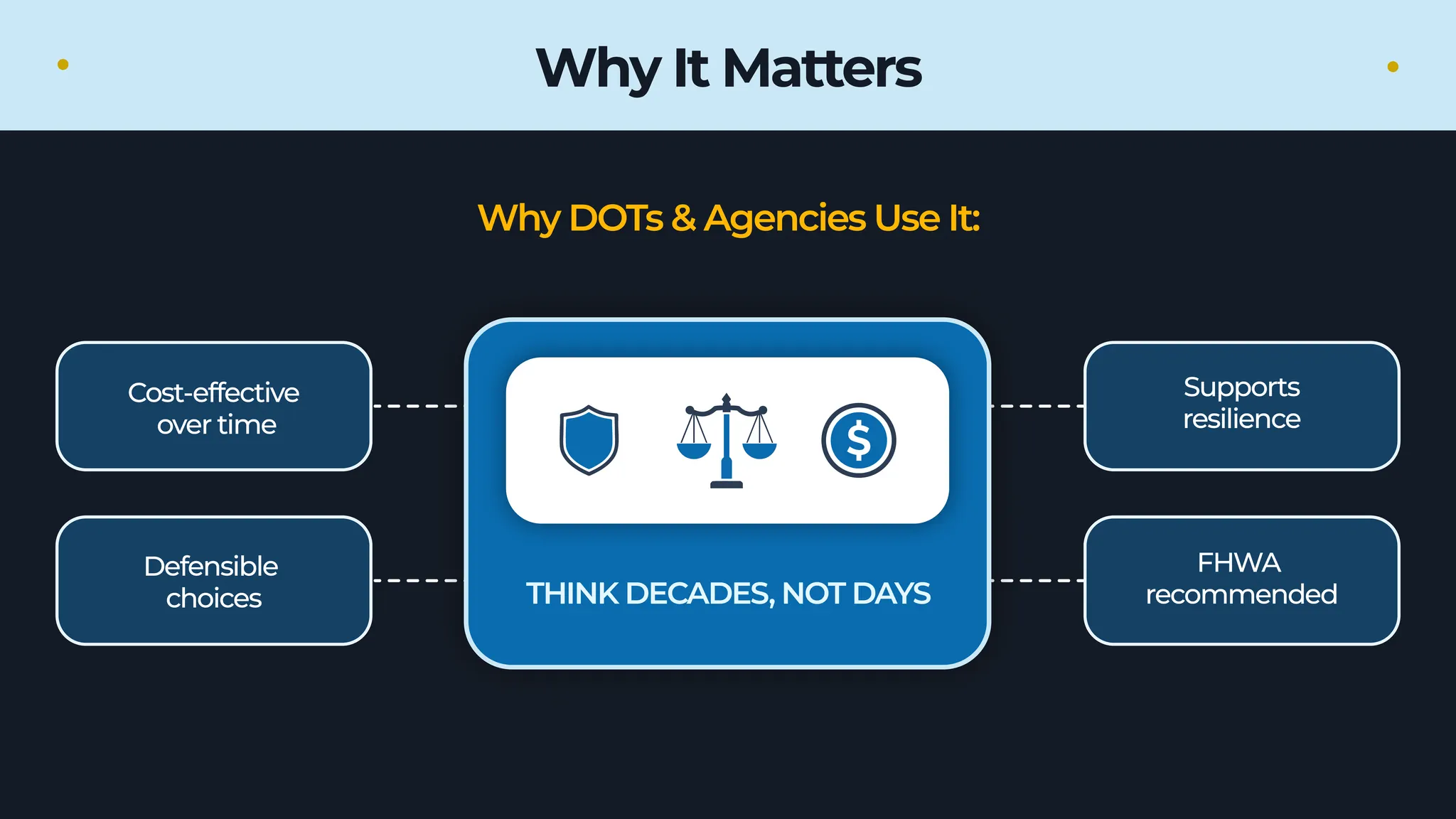
LCCA takes into account both direct and indirect costs.
By including both, agencies can avoid being blindsided by hidden expenses.
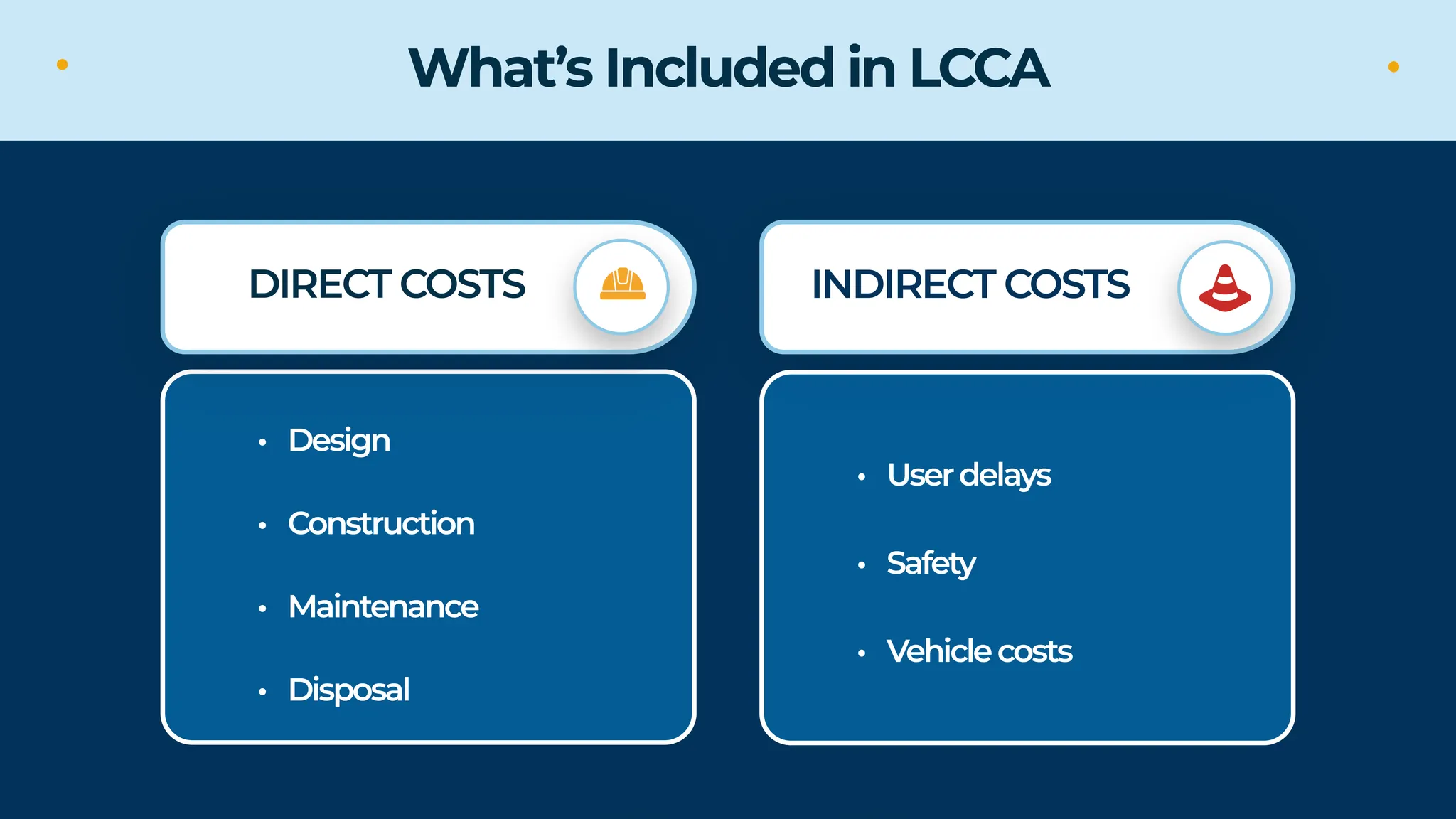
The process is straightforward:
This method ensures that long-term outcomes are transparent, quantifiable, and comparable.
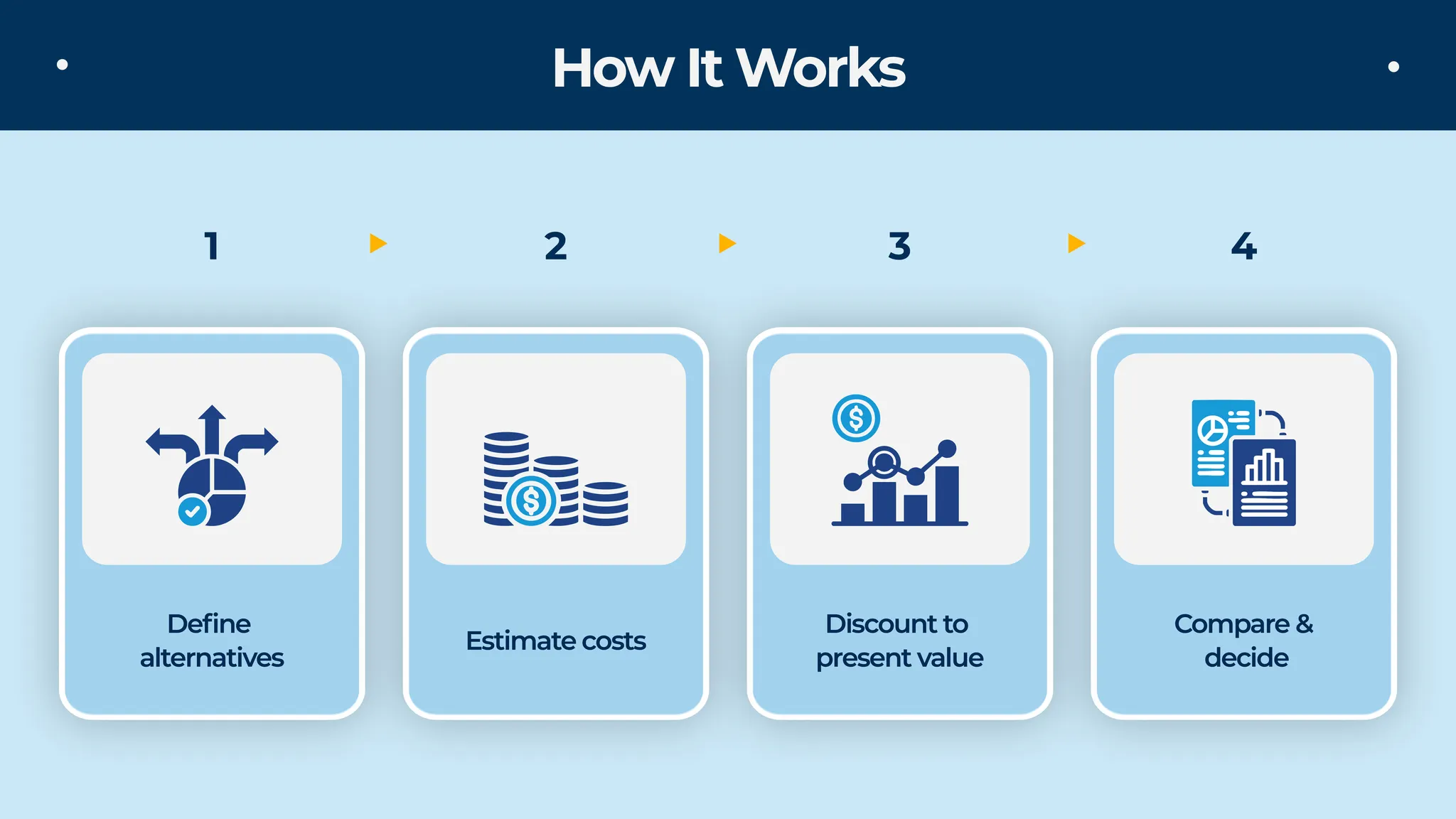
Consider two repair strategies.
LCCA makes these trade-offs clear — highlighting the true “best value” option over an asset’s lifespan.
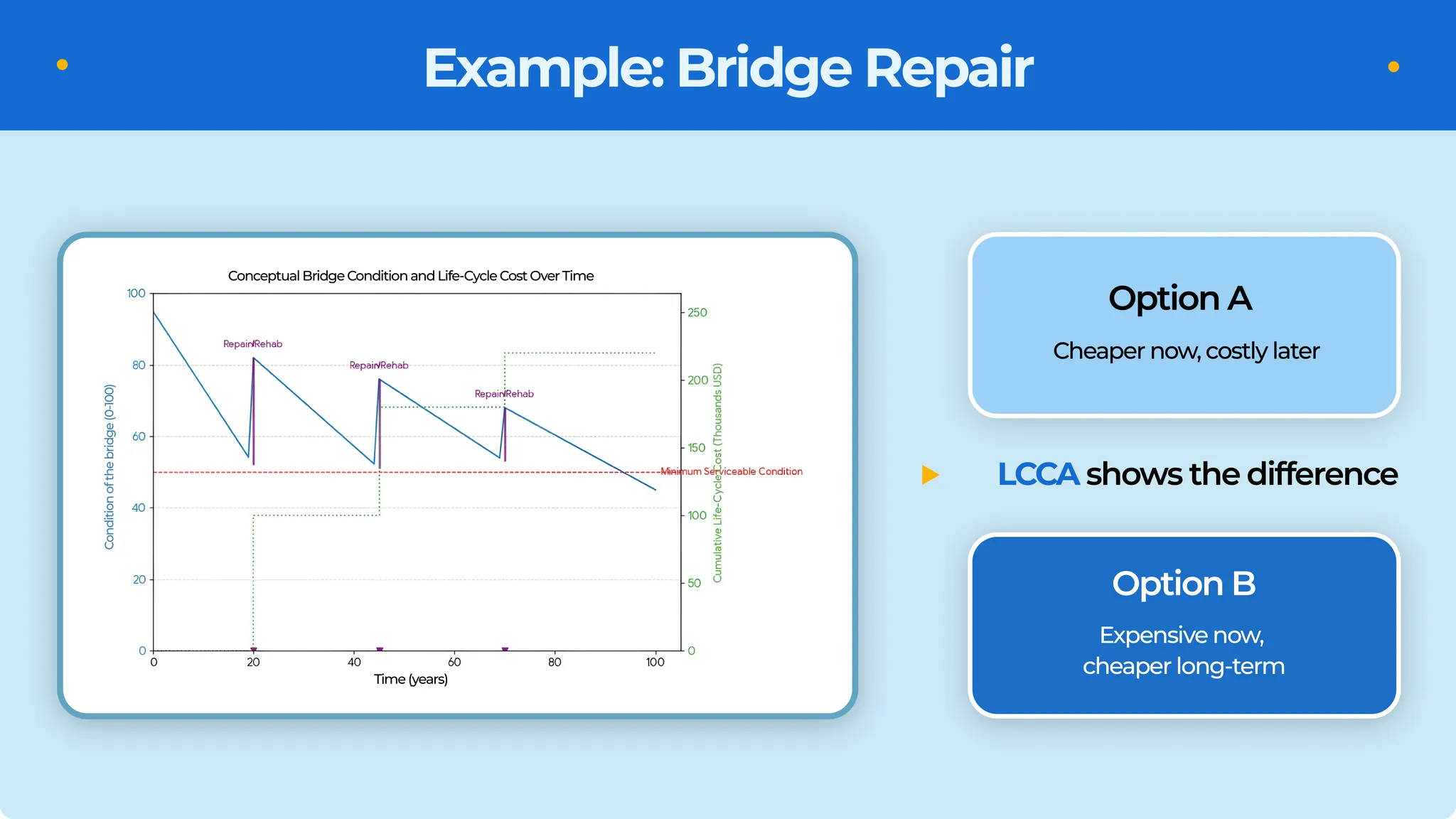
LCCA depends on high-quality data to be accurate. That’s where AssetIntel’s tools come in.
Together, they create a solid foundation for agencies to run precise LCCA models, strengthening their funding strategies and long-term infrastructure decisions.
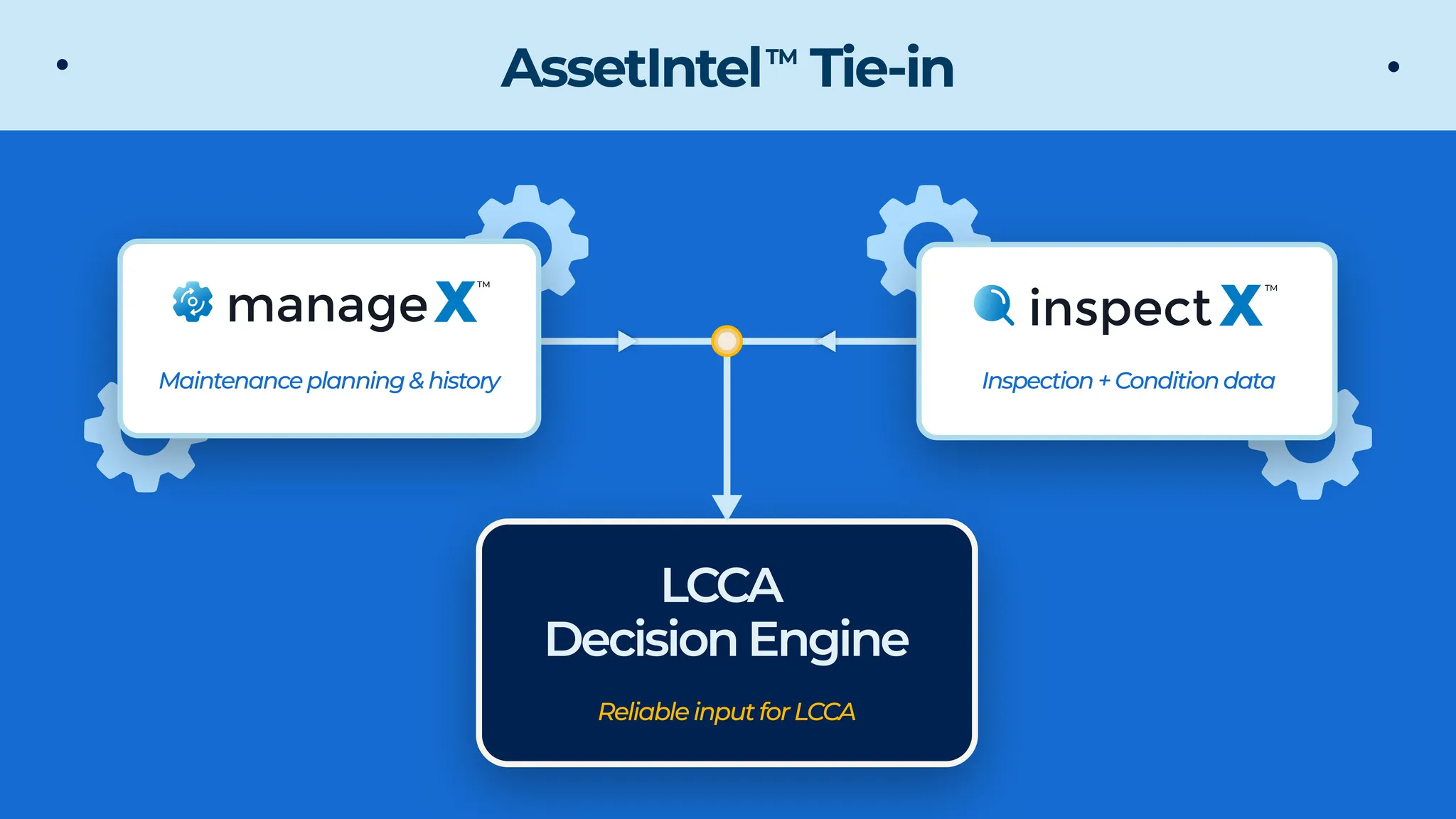
With LCCA, agencies move from short-term fixes to long-term strategies. And with the right data powering those decisions, they can deliver infrastructure that lasts longer, costs less to maintain, and performs better for the public.
That’s the power of Life-Cycle Cost Analysis.
